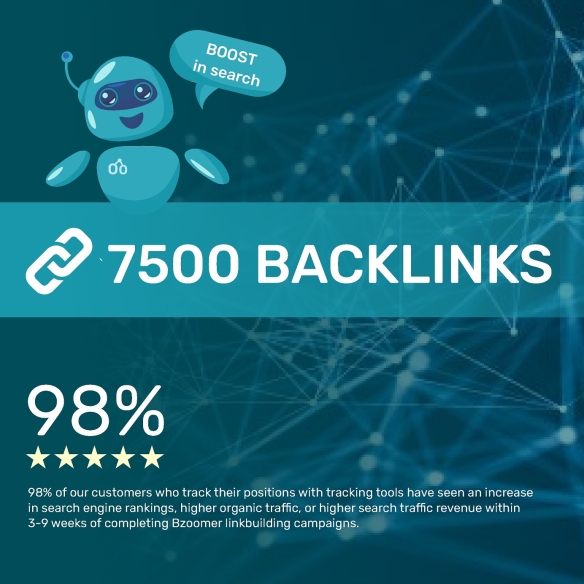Are you interested in purchasing used cars at auctions in California, but not sure where to begin? Obtaining a dealer’s license is a crucial step for anyone looking to buy and sell cars at auction, whether for a small business or as an independent dealer. This article breaks down the steps required to secure a dealer license in California and provides insights on how you can start taking advantage of car auctions.
1. Understand the Requirements for a Dealer’s License
To participate in dealer-only auctions in California, you need a dealer’s license issued by the California Department of Motor Vehicles (DMV). There are a few types of dealer licenses, but if your goal is to purchase used vehicles for resale, you’ll need a Used Vehicle Dealer License.
The following are some basic requirements for a dealer’s license in California:
- You must be at least 18 years old.
- You must have a permanent business location.
- You need to complete a Pre-Licensing Education Program.
- You must submit fingerprints for a background check.
2. Complete the Pre-Licensing Education Program
California requires all applicants to complete a 6-hour pre-licensing course. This course covers the essentials of running a car dealership and the legal responsibilities that come with it. The course is offered by DMV-approved providers and can be completed either in person or online.
Upon finishing the course, you’ll receive a certificate of completion, which you’ll need to submit with your application.
3. Secure a Permanent Business Location
The DMV requires applicants to have a permanent business location. This can be an office or a lot where you plan to conduct business. The site must meet specific state standards, such as being properly zoned and having a display area for cars. In addition, it must comply with local ordinances, including signage and office requirements.
4. Complete the DMV Application
The application for a Used Vehicle Dealer License (OL 248A) can be obtained from the DMV website or a DMV office. You’ll need to fill out forms that require:
- Personal identification and contact information.
- Proof of your business location (including zoning and signage compliance).
- Certificate of completion for the pre-licensing education course.
5. Submit to a Background Check
The DMV requires all applicants to undergo a fingerprint-based background check. This process helps the DMV assess your eligibility and ensure you have no criminal history that would bar you from holding a dealer’s license. You’ll need to go to a Live Scan facility to have your fingerprints taken and submitted to the DMV.
6. Submit the Bond and Fees
One of the final steps is to secure a Surety Bond. In California, a used car dealer must obtain a bond of at least $50,000. The bond protects customers and the state from fraudulent actions.
In addition, you’ll need to pay application and licensing fees. These fees vary, so consult the DMV’s latest fee schedule for accurate information.
7. Pass the DMV Inspection
Once all the paperwork is submitted, the DMV will conduct an inspection of your business location. They will verify that your premises meet all legal and regulatory requirements. Upon passing the inspection, you’ll be granted your dealer’s license.
8. Renew Your License Regularly
California requires that dealer licenses be renewed periodically. Be sure to keep track of your renewal dates, complete any necessary continuing education, and submit renewal fees to stay compliant.
Securing a dealer’s license to buy used cars at auction in California may require careful planning and compliance with state regulations, but it’s a worthwhile investment if you want to enter the car resale market. With this license, you can access a wide variety of vehicles at auction prices, offering the potential for significant profit margins. By following the steps above, you’ll be well on your way to obtaining your dealer’s license and starting your journey in the used car business.


